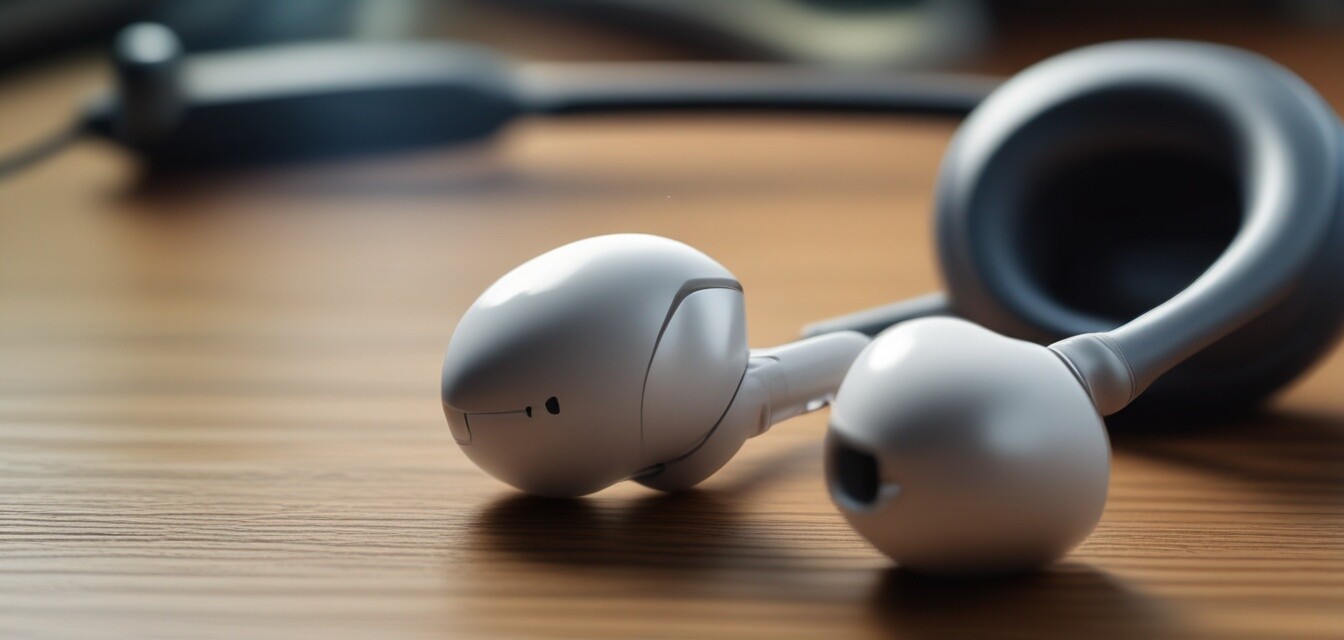
Understanding Earbud Distortion and How to Avoid It
Key Takeaways
- Earbud distortion can arise from various factors including sound source quality, earbud design, and fit.
- Choosing earbuds with high-quality drivers and materials can significantly reduce distortion.
- Improper fit and seal in your ears can lead to an imbalance in sound, impacting audio quality.
- Regularly maintaining your audio sources and having quality sound equipment play a crucial role in minimizing distortion.
- Consider audiophile expertise when selecting earbuds for an optimal listening experience.
As audiophiles and music enthusiasts delve deeper into the world of sound, one issue that often clouds audio enjoyment is earbud distortion. Understanding what causes this distortion is essential not only for appreciating music at its finest but also for making an informed decision when purchasing earbuds. In this article, we’ll analyze the primary causes of distortion in earbuds and provide tips on how to avoid this issue altogether.
What is earbud distortion?
Earbud distortion is typically characterized by a degradation in sound quality where the audio output becomes fuzzy or unclear. This can manifest as crackling sounds or an imbalance in frequencies, significantly altering your listening experience. Below are some of the main causes of earbud distortion:
| Cause | Description |
|---|---|
| Low-quality audio source | Using compressed audio files or poor streaming quality can introduce distortion regardless of earbud quality. |
| Poor fit | Earbuds that do not create a proper seal can lead to sound leakage and an imbalanced listening experience. |
| Driver design | Cheaper models often use inferior drivers that can struggle with sound reproduction, resulting in distortion. |
| Power handling | Earbuds that cannot handle the power from high-volume playback are prone to distortion. |
Causes of distortion in earbuds
1. Low-quality audio source
It is imperative to start with a quality audio input. Whether you are using a phone, computer, or dedicated music player, ensure that the files are high-resolution or that you are streaming at the highest possible quality. Low-quality audio files can greatly affect the overall sound and introduce distortions irrespective of how high-quality your earbuds might be. For further insights on audio quality, check our Audio Quality Insights section.
2. Poor fit
Another common issue is the fit of the earbuds. If the earbuds are too loose, they won't seal properly in the ear canal, leading to sound leakage and distortion. Conversely, overly tight fits can also lead to discomfort without delivering optimal sound. Finding the right fit is crucial; consider tips on earbud fittings in our guide on headphone buying guides.
3. Driver design
The internal components of earbuds, particularly the drivers, play a significant role in sound quality. Some earbuds use lower-quality materials or design, which can cause distortion at higher volumes. Investing in well-reviewed brands that prioritize sound engineering can drastically improve your listening experience.
4. Power handling
Earbuds not equipped to handle high volume levels may react poorly and lead to distortion. Therefore, always match the volume to ensure that you’re within the optimal range of your earbuds’ capabilities.
Tips for avoiding distortion in earbuds
Now that we've identified some of the main causes of earbud distortion, here are tips for selecting and using earbuds to minimize this issue:
- Choose high-quality earbuds: Look for reputable brands that focus on sound quality and review feedback from other audiophiles.
- Utilize lossless audio formats: Opt for lossless audio file formats whenever possible to ensure the best quality.
- Ensure proper fit: Use silicone tips or foam tips that create a tight seal and choose the right size for your ear.
- Stay within volume limits: Monitor your listening levels and avoid cranking up the volume too high.
- Maintain your audio devices: Clean your audio sources and set them to optimal settings; outdated firmware can sometimes introduce issues.
- Experiment with sound settings: Utilize any EQ settings available on your device to tailor the sound profile to your preference.
Conclusion
Understanding earbud distortion and its causes is vital for any serious music lover. By paying attention to audio sources, ensuring proper fit, and investing in high-quality earbuds, the chances of experiencing distortion can be minimized significantly. Remember that good audio quality isn't solely reliant on the earbuds themselves; your device and listening environment play integral roles too. Explore our comprehensive range of products in the audiophile earbuds section to find models that offer the best audio quality.
Pros
- Enhanced listening enjoyment
- Better sound clarity
- Reduced fatigue from listening
- Improved overall user experience
Cons
- Higher cost for quality earbuds
- Requires some knowledge about audio sources
- May require custom fitting for ideal performance
Further Reading
For more information about high-end sound experiences, consider browsing our other categories like in-ear monitors, noise-cancelling headphones, and the guides on industry news.